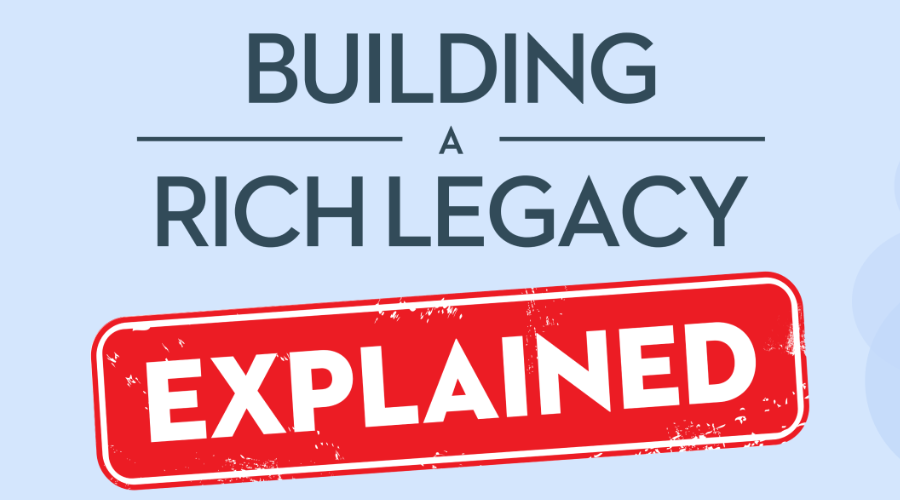A remortgage is when you take out a new mortgage to replace your current one, for the same, or more money.
When your remortgage amount is identical to what you owe on your current one, it is also called a renewal. A remortgage is your chance to negotiate better interest rates and terms.
When you are looking to increase the amount that you owe with a remortgage—to release some of the equity in your home—this is also called a refinance.
How does a remortgage work?
You can remortgage at any time, but the cheapest way to do it is at the end of your current mortgage’s term.
Mortgages in Canada have a term—or contract—of typically one, three or five years. At the end of this period, you’re free to remortgage with a different lender.
If you break your mortgage before the term is up, there will be a prepayment penalty. The amount will depend on the number of years left on the term, the rate, whether you have a fixed or variable mortgage and your bank’s prepayment policies.
For example, if you have a mortgage balance of $200,000 and a year left on your contract with a rate of 2.79%, the penalty could be as low as $1,658. For the same amount, but with four years left, that penalty could be as much as $8,263.
Before breaking your mortgage, contact your bank to find out how much the penalty will be or use this mortgage penalty calculator.
When you remortgage your home, you effectively change the terms or amount of your mortgage. Your new lender pays out your existing mortgage and registers a new one.
Why would you take out a remortgage?
Each remortgage should, in some way, improve your financial situation. These are some of the most common reasons to take out a remortgage:
- To get lower interest rates – by shopping around with other lenders. You can also try negotiating better rates with your current lender. A remortgage can also help to lock in lower interest rates before they go up.
- To cash in some of your home’s equity – by borrowing up to 80% of the value of your home. People often use a remortgage to save money by consolidating high interest debt. Others use it to pay for renovations, buy investments or a second property, help family with a wedding or education fees or to go on holiday. Retired Canadians can refinance their home to boost their income and enjoy the kind of retirement they always wanted.
- To pay a mortgage off faster – with a shorter amortization or better prepayment privileges.
What are the pros and cons of a remortgage?
The Pros:
You can save money by paying a lower interest rate or by consolidating expensive debt (like credit cards) into much cheaper debt.
You can be mortgage-free faster if you remortgage with a lower amortization period or better prepayment privileges.
Using a remortgage (refinance) to unlock some of your home’s equity is usually considerably cheaper than taking out other sorts of loans.
The Cons:
An increased mortgage equals higher mortgage payments, impacting your monthly disposable income.
The new mortgage “stress test” means that it is now more difficult to qualify for the same mortgage. New lenders may not lend you more or even the same amount as your current mortgage.
If you remortgage before your current mortgage term is up, prepayment penalties can cost you thousands.

A remortgage you can afford, with no monthly mortgage payments
For homeowners aged 55+, there is a unique remortgage product available just for you. The CHIP Reverse Mortgage® allows you to cash in up to 55% of the value of your home, either in a lump sum or regular payments.
Unlike with a regular remortgage, you don’t need to prove income to qualify, so you can often get considerably more money. Also, you don’t have to make any mortgage payments, so it has a positive impact on your income.
To find out if a reverse mortgage is a good alternative to a remortgage for you, call us at 1-866-522-2447 or get your free reverse mortgage estimate now.































